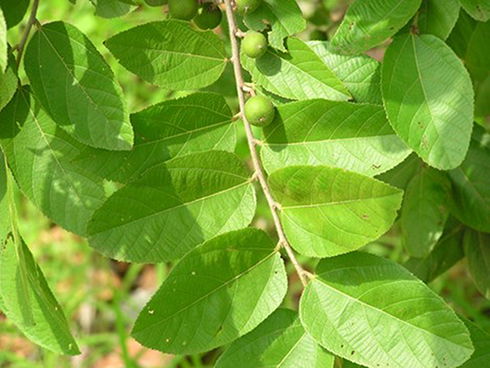Grewia mollis bark powder impact on the clarification of Mbayeri sorghum wort (2022)

Abstract
A study was undertaken on the clarity of Mbayeri sorghum wort. Grewia mollis has not, to our knowledge, been used to clarify sorghum wort. Therefore, it was described alongside malted and brewed Mbayeri sorghum from a physicochemical standpoint. Grewia mollis was incorporated into the design using a Box-Behnken model with three parameters (wort/Grewia mollis powder ratio, stirring speed, and stirring time) to clarify the wort. On the acquired worts' physicochemical studies, statistical and mathematical modeling was employed. Statistical methods such as bias and accuracy factors, among others, were utilized to validate the developed models. According to the results of the physicochemical investigation, Mbayeri sorghum was suitable for brewing. The same holds true for the classification of Grewia mollis, which was shown to be appropriate for the clarifying method. During mathematical modeling, it was determined that the ratio of wort to Grewia, stirring speed, and stirring time had a substantial effect on the selected physicochemical criteria (responses). Multi-response optimization performed according to a specified specification, which includes minimizing pH and titratable acidity and maximizing Brix, color, turbidity, while decreasing sugar, soluble protein, and polyphenol content, yielded the following results: pH, 5.2 ; turbidity, 224 NTU ; brix, 12.97 °P, colour, 46 ASBC; reducing sugars, 94.03 mg/mL ; soluble protein, 502.42 mg/L ; polyphenols, 54.21 mg/L ; and titratable acidity, 1.2 g/L H2T. The optimal blend of 0.25 g/L Grewia mollis powder, 45 rpm, and 60 min yielded this result. These characteristics suggest that Grewia mollis could be used as a brewing filter assist.


